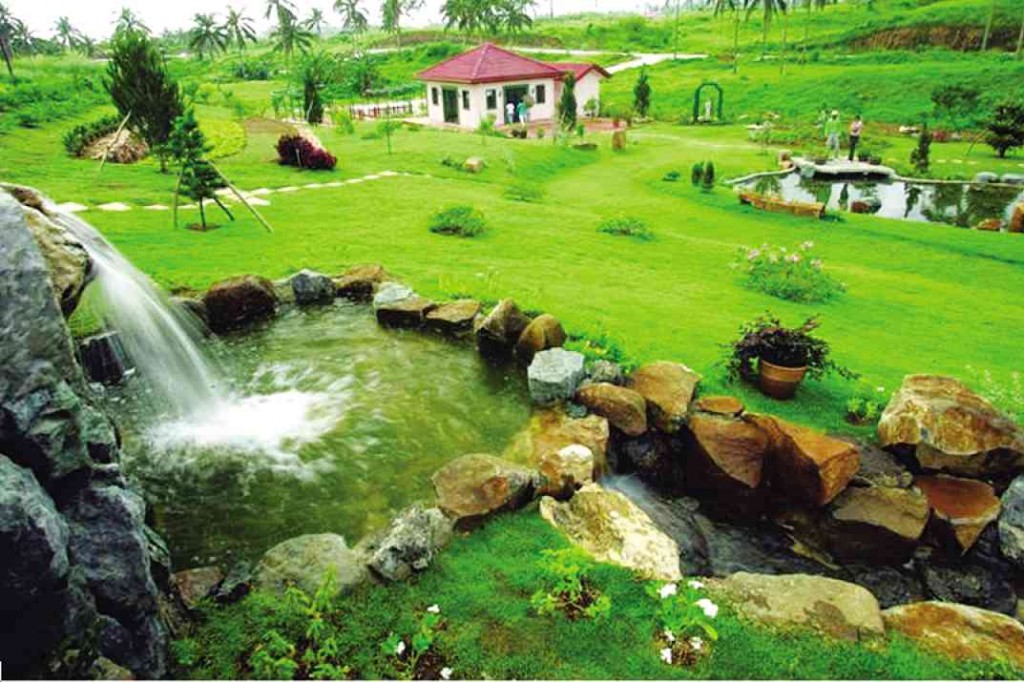Nature-deficit disorder
Remarkable Indonesia boasts of a young population where half of the number of people there are below 30 years of age.
It’s more fun in the Philippines partly because a third of our population is below 15 years old.
The economic gains in both countries mentioned are boasted, thanks to a consumer-driven economy. Who will argue that?
While they used to hammer at the big population as the cause of poverty in the Philippines about a year ago, today the tune has changed to “sa daang matuwid, paraang matuwid lamang.”
Good look
So let us take a good look at our wealth, our children, and make sure they are educated and brought up in intelligent, secure and healthy surroundings.
Truly, the future depends on our children. So if the nation’s coffers are focused strategically on our young population, how can billions of development funds mentioned these days go to waste?
Open space has shrunk in our cities. Overuse of space is evident in crowded enclaves of the poorer sections that abound in all our cities.
This is also common in other Asian cities. A few weeks ago in Hong Kong, I was shocked to learn that revitalized Mongkok area has a population density of 165,000 residents per square kilometer.
We are aware that Hong Kong very recently undertook more than a billion US dollar project to retire old motor vehicles to cut down a very alarming rate of transport-related air pollution.
I therefore cannot believe CNN which said that Manila is the most densely populated city with our land area of 620 sq km and a population of 11 million in the National Capital Region. Our population density is only about a tenth of that of Mongkok in Hong Kong.
Going back to the concern for our children’s health since many of them live more and more in the city, their disconnect with nature is getting more and more apparent.
Future get-together
We are happy to announce a future get-together of city building officials to discuss how to make our cities livable, particularly the built environment.
The Office of the President’s Climate Change Commission, in cooperation with the International Finance Corp. and the Philippine Green Building Initiative will hold this conference in early December this year.
Many of the gardens in schools and mini-parks in the cities are like islands of nature. They are to be seen, not touched by schoolchildren.
Growing connection
Advanced countries are now aware of this growing connection between childhood health epidemics like obesity, allergies, gloominess, attention-deficit disorder with lifestyles that give children only a virtual reality of nature in Internet and television.
Children’s deep need for living environments must be addressed to give them real access to nature and unstructured play.
Natural and designed landscapes with children in mind stimulate their curiosity and creativity.
Schoolchildren can also be educated in taking responsibility for their environment with, for example, the presence of stormwater management systems like detention ponds in multi-use landscapes in school playgrounds.
During dry season, these ponds provide visual benefits, wildlife habitat and recreational functions.
During wet season detention ponds hold stormwater and release it at a controlled rate to prevent flooding.
For comments or inquiries, email amadodejesus@gmail.com.

